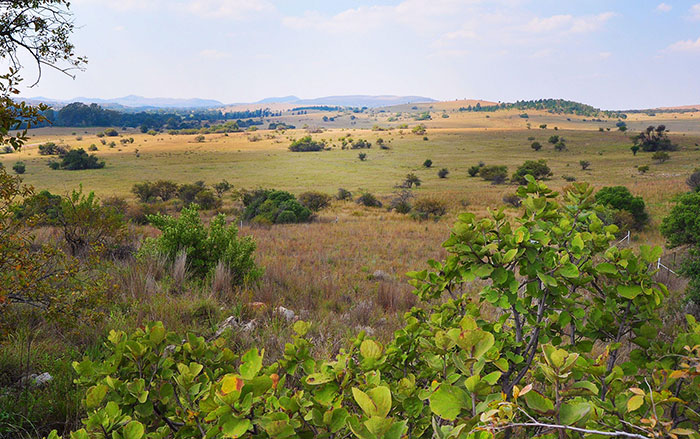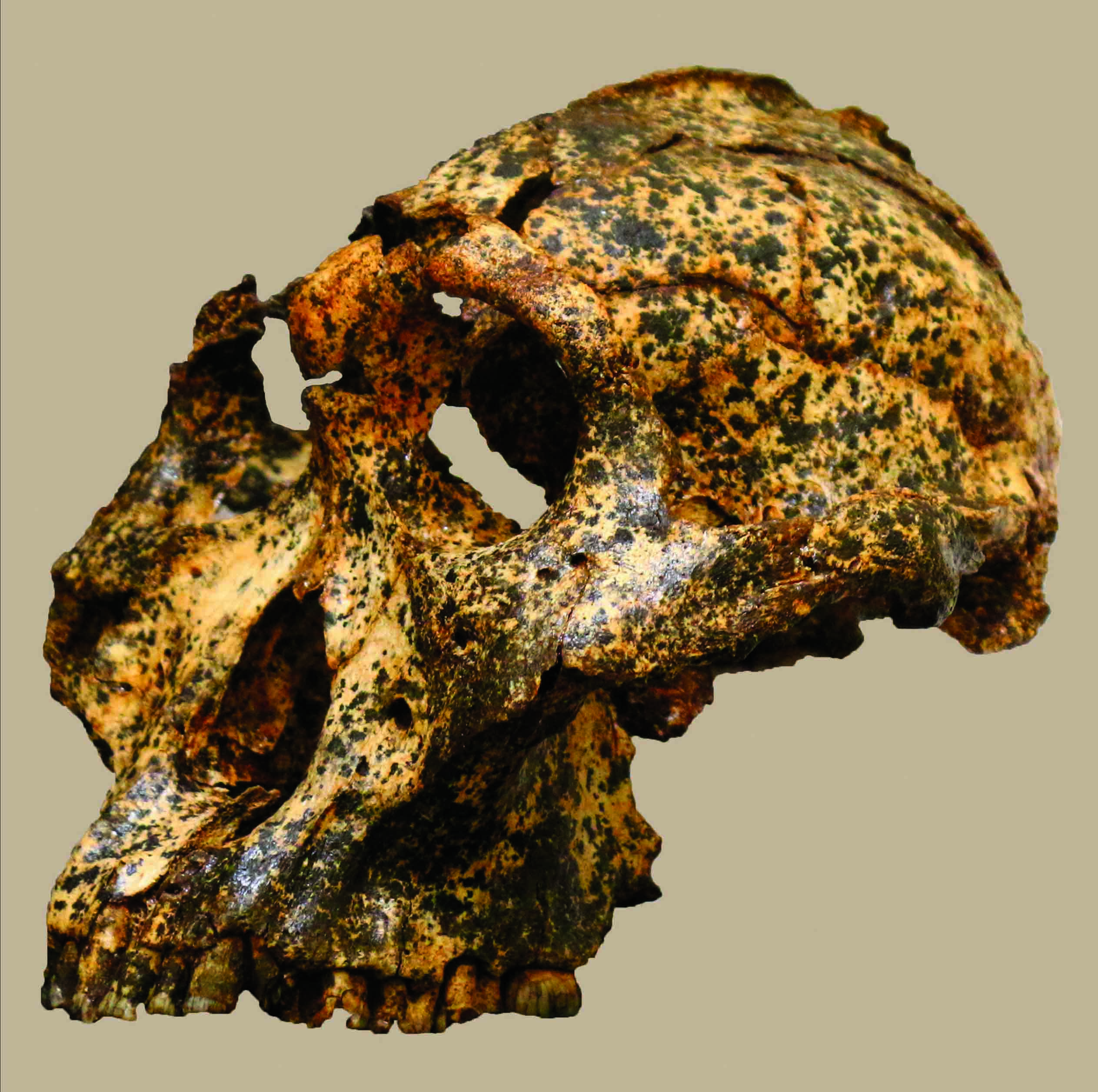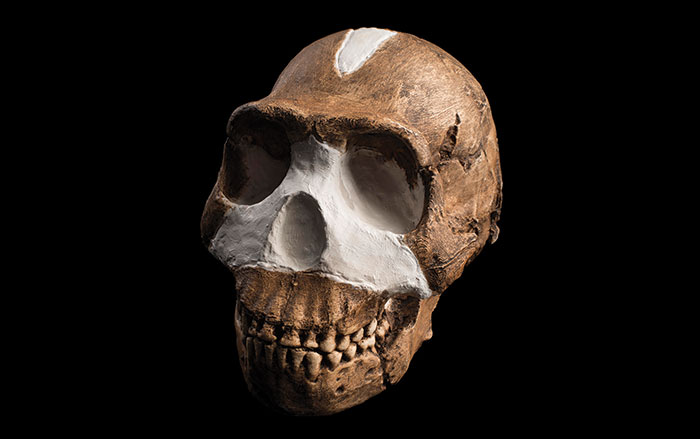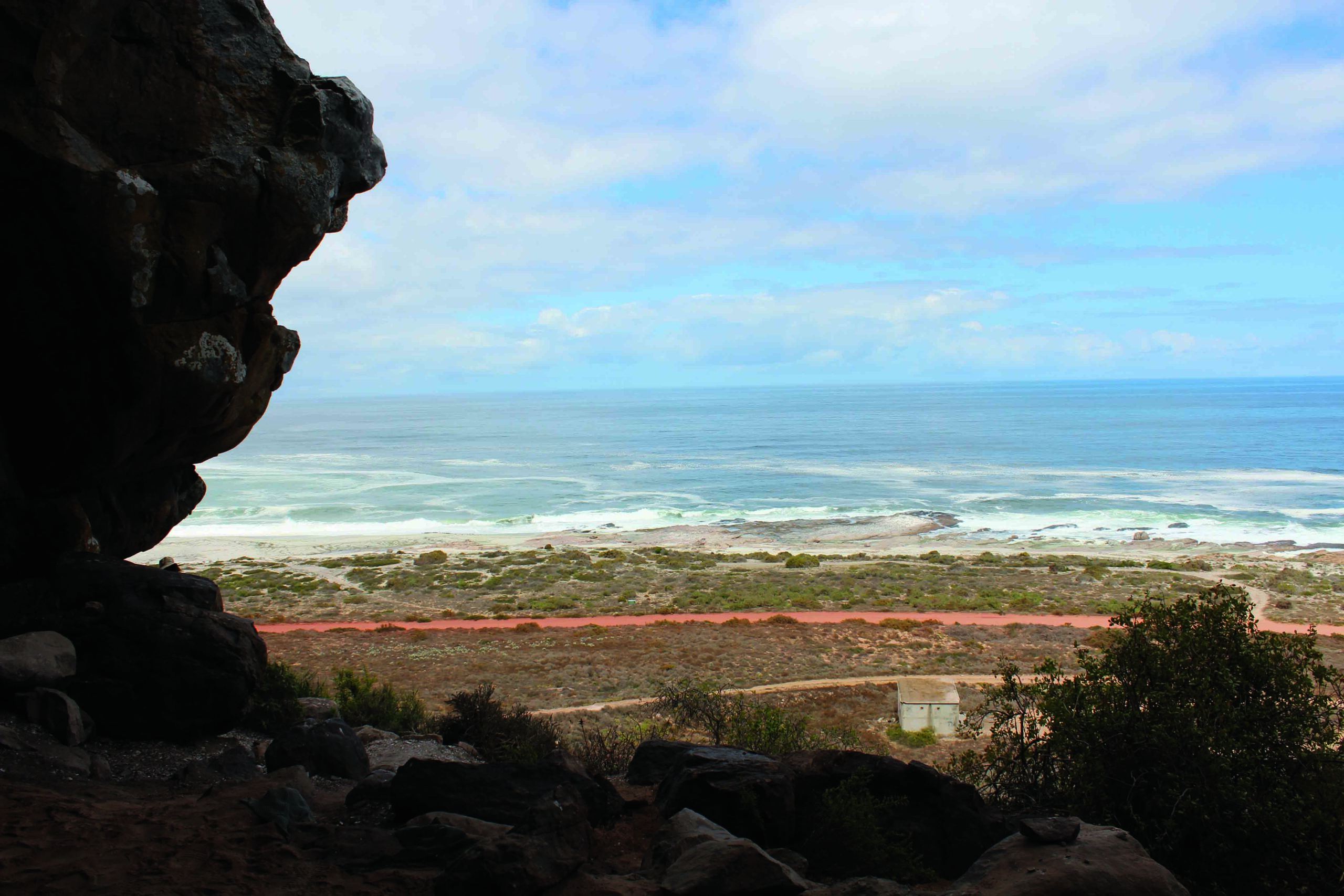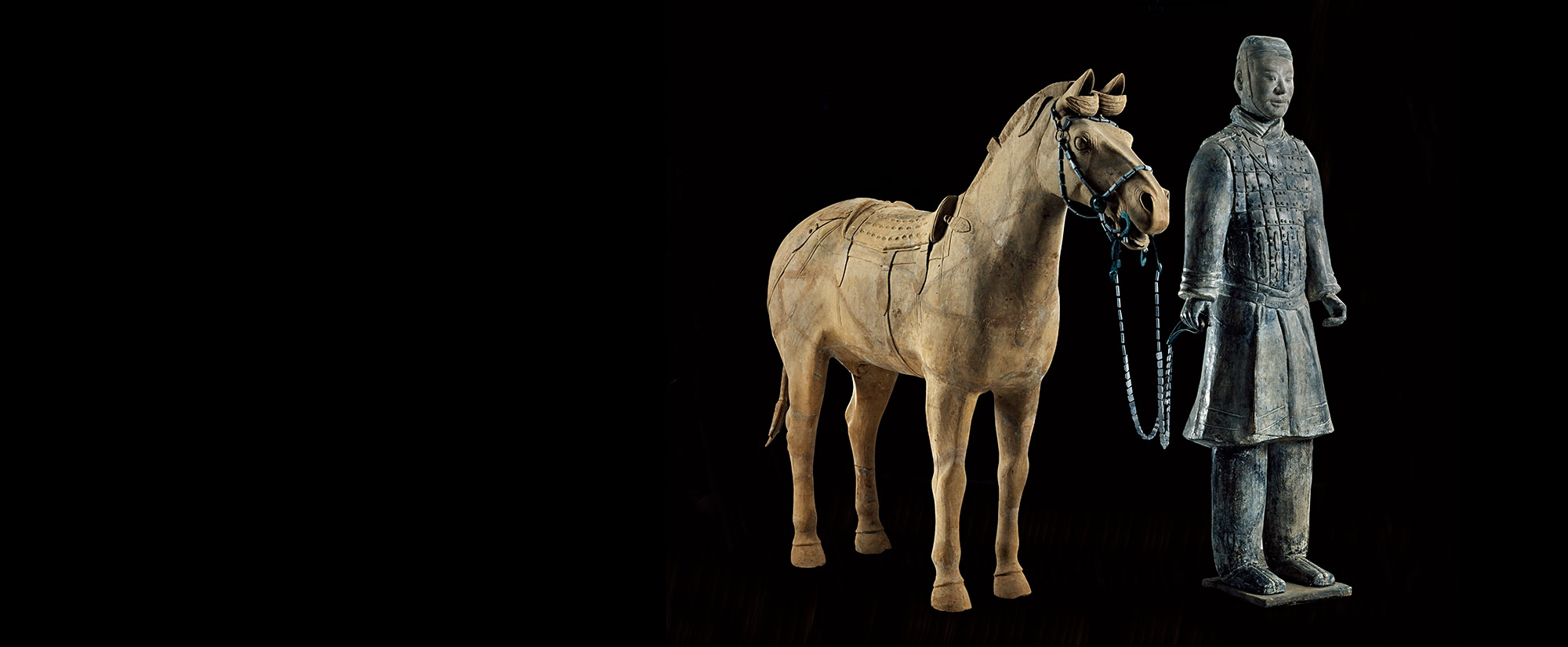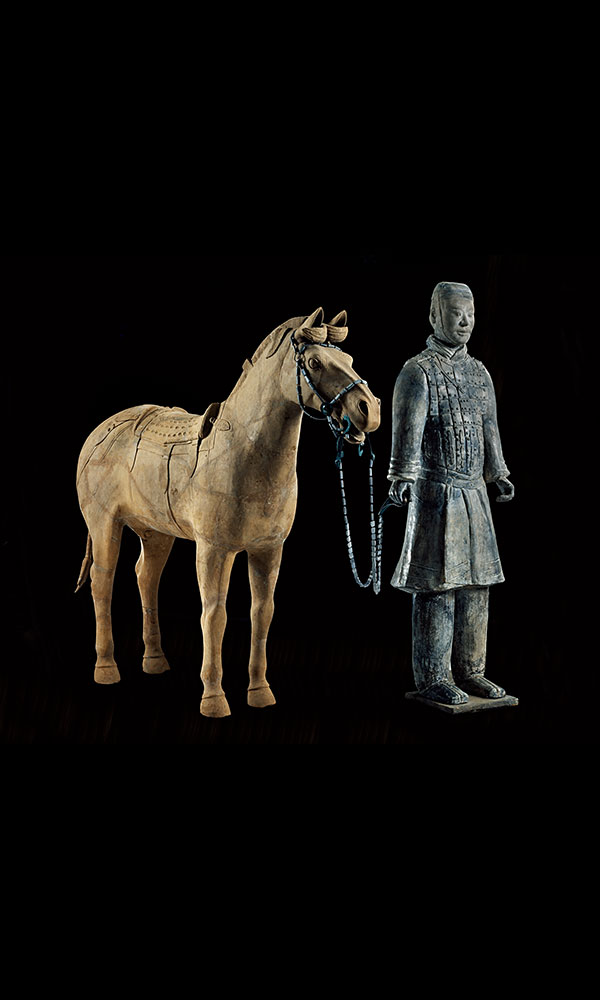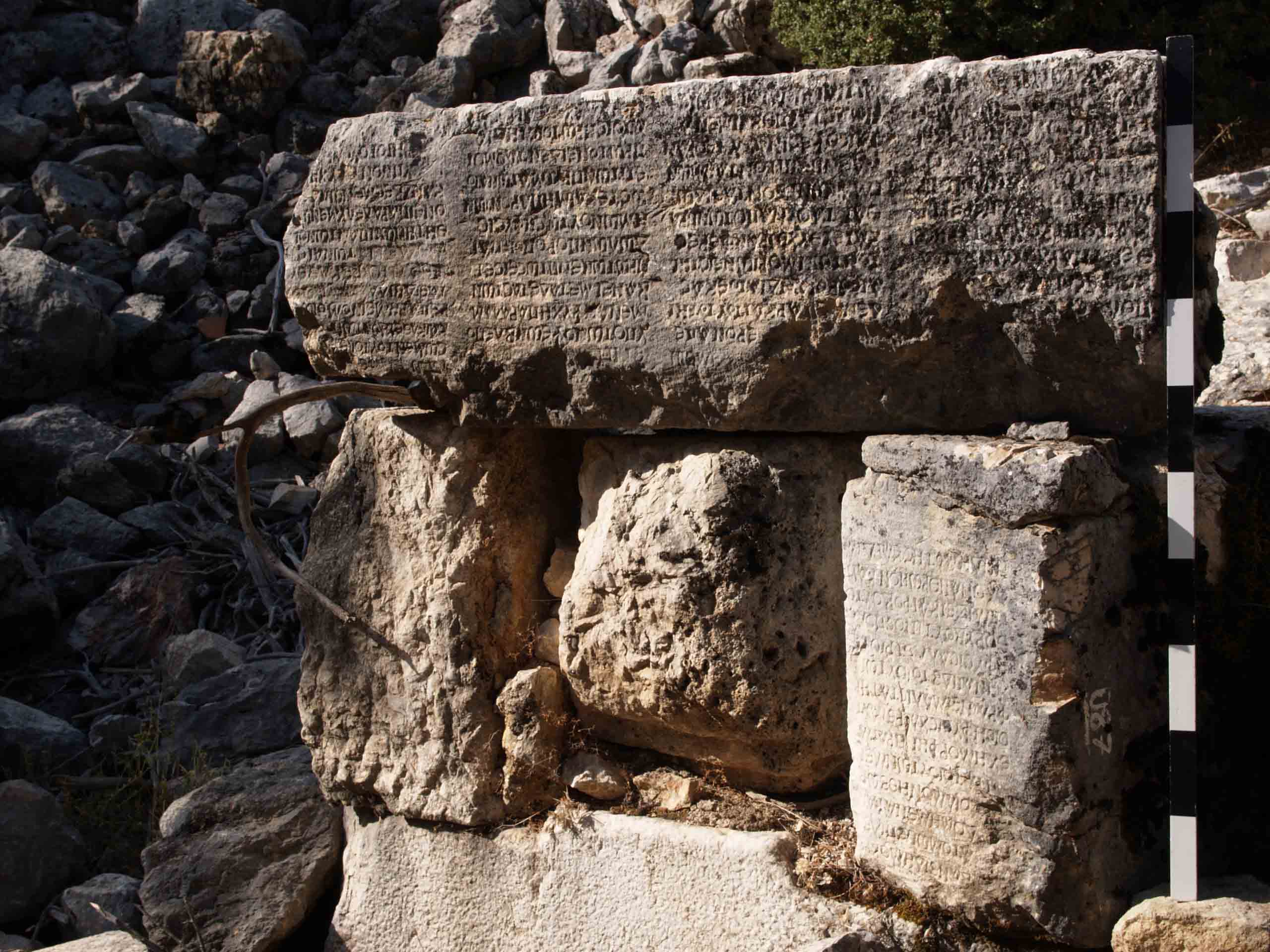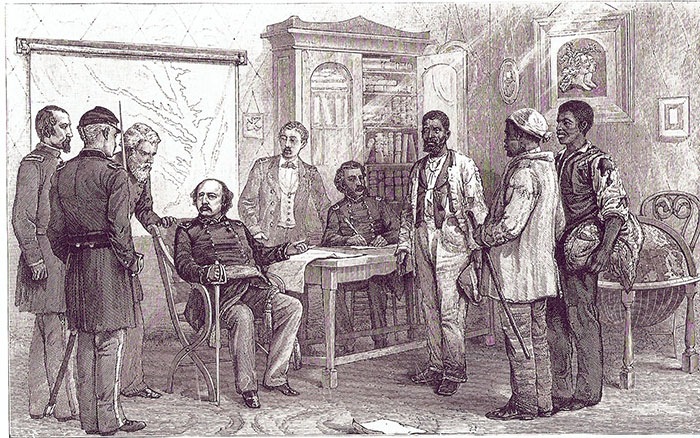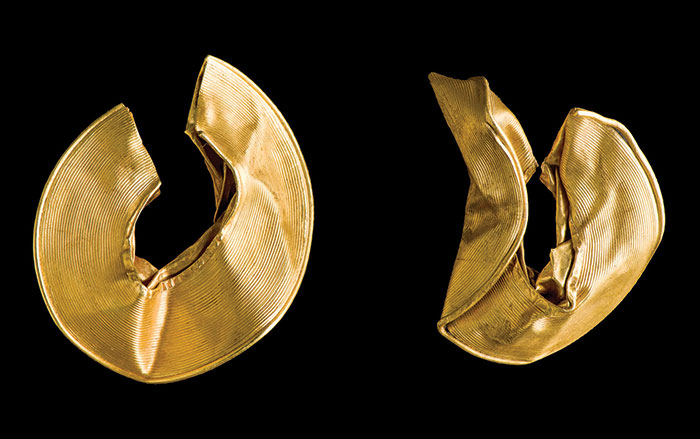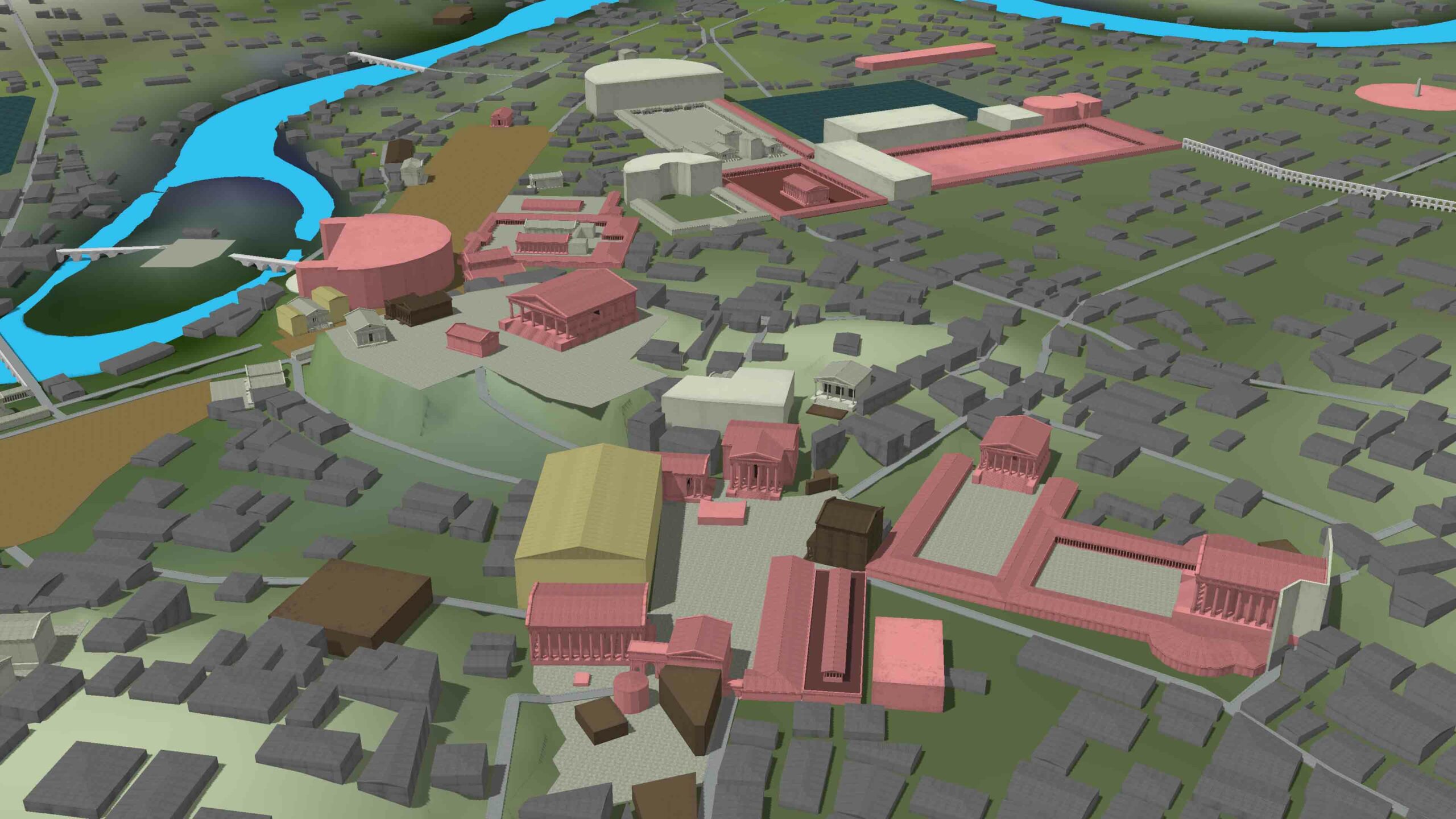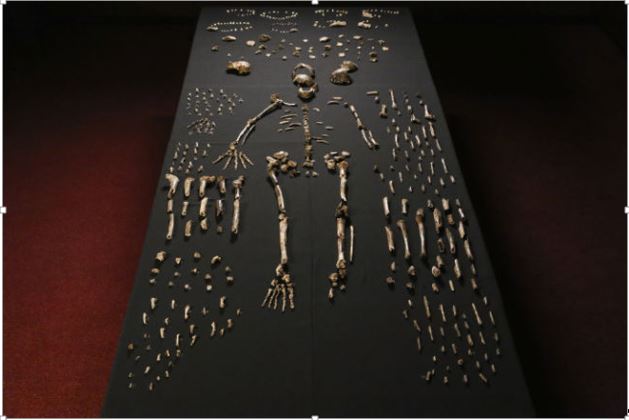
JOHANNESBURG, SOUTH AFRICA—The human relative whose fossilized remains were discovered in Rising Star Cave in South Africa’s Humankind World Heritage Site in 2013 has been named Homo naledi. “Overall, Homo naledi looks like one of the most primitive members of our genus, but it also has some surprisingly human-like features, enough to warrant placing it in the genus Homo,” John Hawks of the University of Wisconsin-Madison said in a press release from the University of the Witwatersrand. “H. naledi had a tiny brain, about the size of an average orange, perched atop a very slender body,” he said. The average individual stood about five feet tall, and had shoulders similar to those of apes. “Surprisingly, H. naledi has extremely curved fingers, more curved than almost any other species of early hominin, which clearly demonstrates climbing capabilities,” added Tracy Kivell of the University of Kent. The unprecedented fossil hominin find, which includes the remains of infants, children, adults, and the elderly, was made in an isolated chamber accessible only through a very narrow chute. The team thinks that the bodies of the dead were intentionally deposited in the chamber, a behavior previously thought limited to humans. “We explored every alternative scenario, including mass death, an unknown carnivore, water transport from another location, or accidental death in a death trap, among others,” explained Lee Berger of the University of the Witwatersrand. The fossils have yet to be dated. For another spectacular discovery in South Africa, go to "Human Mosaic."


